A technically flawed masterpiece.
It's hard to believe that Baldur's Gate II was over twenty years ago. While its licence would evolve into more action spin-offs and remasters of the classic games, not to mention the hundreds of titles to pull from its classic beginnings, the mark it has left on gaming is one many don't often think about. While many would attempt to capture the magic of the CRPG, a genre whose origins were initially exclusive to the PC, it's safe to say that 2014's Divinity Original Sin would be one of the most appreciated, especially its 2017 sequel, a game that showed the true talent and capability of Larian studios. Fast forward a few years later, and those inspirations would return to its source as the team would travel to Baldur's Gate and produce one of the most incredible games of any generation.
Originally, we were given code to the PC version back at release, but as life can often get in the way, a prolonged illness prevented us from producing a review at the time. That said, this review will largely cover the PS5 version, for which I purchased specifically for this review, with some feedback on the PC version to cover all our bases. While the PC version has certainly been far smoother sailing, with a few bugs that certainly got in the way, the PS5 version has had a considerable amount of issues that have had me replay whole encounters, characters not being able to move, and plenty of textures unable to load properly or entire moments of dialogue be met with utter silence. In fact, one of the final locations lacked the entire musical score, despite anything I attempted to do to fix it. I also had numerous moments where characters would stop following me, especially after making jumps across certain gaps. Regardless of these issues, Baldur's Gate 3 is a triumphant return to the series that shows that the depth and complex systems that made it the brand it is can still work in a modern era.
Back in October of 2020, Baldur's Gate 3 launched in early access on Steam, allowing players a glimpse of what would eventually release this past August. During that time, Larian refined its take on the gameplay, how its rules would govern a wealth of choices, and the visual polish the game would receive. While early access has not worked out for every release, nor should it become the norm for the industry, it nonetheless had an impressive impact here to not only help finance this incredible endeavor but to ensure the final product was as finished and feature complete as possible.
Given how vast Baldur's Gate 3 truly is, it's safe to say that few playthroughs will be even remotely similar to one another. You may choose to see a companion's quest through one particular method that changes the very way the story unfolds, to the wealth of other options that can inject just as much change from a simple line of dialogue or an action that seems initially innocent. Some changes may alter the fate of your companions to certain choices that may doom potential ones down the line. Your choice to play as an honest and just hero or a villain desperate for power can result in significant moments playing out when compared to the alternative. The amount of choice and consequence here is substantial, to the point that when you remember that all of this is expertly voice-acted it begins to boggle the mind just how this project was ever able to be conceived; it's simply incredible. To say that Larian are masters of their craft is a vast understatement.
As is the case in traditional D&D, there is a wide assortment of factors that dictate how any sort of action goes, and Baldur's Gate 3 brings most of those systems here while streamlining a few to make the experience flow better and keep players focused on the dialogue, exploration, and action. Each of these systems has its own skill checks, from saving throws to detect harmful effects in the environment, to passive checks during dialogue that grant you deeper insight into something a character has said. These rolls are largely unintrusive, whereas ability checks have you visually rolling dice and applying any bonuses you have to your roll, and wishing for the best. From critical failures to critical successes at rolling a pure D20, the success or failure of what you are rolling for is a slave to your stats, perks, and a whole lotta luck.
This whole check system is layered across every single system. From detecting traps to secret doors to chests buried underground, you'll be given indicators if you have passed or failed that check. While you can live with the result, you can also save scum to your heart's content. During dialogue, ensuring you pass a certain check can open up new conversation avenues to explore whereas a failed attempt will close those options off. These show up in the top left to indicate if a certain option has failed, such as a medicine check failing, and then not having the option to diagnose the relative person, missing out on potentially saving their life or determining what the illness is.
However, it is the ability checks that come down to making the biggest choices across the game. From attempting to diffuse an ill-tempered NPC to forcing a companion to think about different options to something they are deeply passionate about, these roles can be anxiety-filled and can fail spectacularly should you have lower stats in a particular field. Each of these rolls also has advantages and disadvantages which cause a pair of dice to roll. Should you be at an advantage, you'll take the higher of the two dice, whereas at a disadvantage you will take the lower. This is on top of systems that determine how those choices reflect the dice roll, the math used to calculate whether your attack hits and if it does, how much damage it deals. All of this is largely under the hood, allowing the game to be a somewhat silent DM as you navigate battles, conversations, and the general need to explore your surroundings.
These systems generally are impacted by every single action you perform. From winning a conversation to a tough battle, you'll inspire your companions. This leads to those inspirations turning into additional dice rolls for your ability checks, the roll that brings up the dice UI to show you your roll in action. Inspiring one of your companions can truly aid you when you need the dice to be in your favor. Unlike Divinity Original Sin, where you relied on key stats as opposed to dice, Baldur's Gate brings those twenty-sided bastards front and center, complete with a few visual styles to choose from.
Baldur’s Gate 3 starts you off as a prisoner aboard a Mind Flayer vessel called the Nautiloid. It is here where you have been captured and injected with a parasite that is intent on transforming you into a mind flayer. As you escape with a few companions, each sporting the same parasite, you find a way off of the ship as it crashes down in a nearby grove. And as you start to encounter others who were on the ship, the focus of your mission becomes clear; find a way to cure yourself of these illithid parasites and stop this invasion at its source. What I really enjoy about this whole parasite system is two things; firstly, it allows you to use the parasite to grant yourself additional powers, but secondly, it allows this rich and varied collection of characters to have a reason to work together despite their different cultures and walks of life. To have them rely on one another to see this mission through allows for the story to feel more organic in how it allows you to build your team.
This temporary allegiance causes the group to often be at each other’s throats, and in one case, that is literally what happens. This dynamic changes as you start to recruit even more, some who align with your own values and those who will be at odds with how they see the situation at hand. You are clearly going to have your own favorites and those you bench, but every single character present across this cast is a wealth of knowledge, lore, and backstory, all woven into the central story in ways that allow the entire tapestry of this narrative to shine.
In fact, while the central story is full of several twists and turns, not to mention completely different ways it can play out due to your choices, rolls, and the consequences of your own actions, it is the personal stories and character moments that will largely be what people truly fall in love with here. Across Baldur’s Gate, you’ll be able to recruit up to ten different members. From the flamboyant rogue in Astarion, and the devoted warrior in Lae’zel, to the almost religious qualities of Shadowheart, the dynamic of your team may result in moments where your choices will satisfy some and infuriate others, causing shifts in how the cast will take to your choices. Some of my personal favorites were Karlach, a tiefling who has only really known the battlefield, but simply looks to escape the shackles of her past, to a character that fans of the original games will likely be excited to welcome into their group.
As characters will thrive around you, you’ll also have some sway over how their own personal narratives play out. Shadowheart, for example, has a moment that dynamically changes a huge component of the story. You can either have her go ahead with her mission and give into what her arc has demanded from her, or allow her to find a different path and wander into the unknown. This sort of structure is set upon the entire cast to either defy fate or follow in its footsteps. Astarion has a similar path as well with an outcome that will define who he is for the rest of his life. Lae’zel has to make some important choices as well, given how her people see their own gods and whether those stories can be trusted as fact. These stories are vastly engaging and your relationships with these characters, as well as through the luck of the dice, will dictate how their stories play out and whether they stay at your side.
What helps these moments really punctuate to the player is the presentation is incredibly well done. Hell, it has in many ways become a benchmark across the industry. Across the game, nearly 250 actors were motion-captured to bring this adventure to life. This is especially noticeable in the game’s impeccable cutscenes. Games that often have a wealth of dialogue usually have generic or recycled animations for their cast, especially with NPCs that you find everywhere you go. Here, every single character across this epic of a game feels unique due to the care and attention Larian has presented here. When a character feels as unique as what this team has presented here, you start to truly get attached to them, often resulting in a romance that can feel incredibly earnest and worthwhile to develop further.
Cutscenes and dialogue can often pull players out of certain experiences. For example, Starfield is a game built by a larger team than Larian has ever had, yet conversations in Starfield feel outdated and stale in comparison. If a companion has fallen behind you and you trigger a conversation, your companion's response may feature them behind a wall or door in response to the conversation going on. Here, Baldur’s Gate 3’s presentation is flawless, allowing each character to have their moment and how it might affect the entire game or conversation going forward. With how much choice and consequence can result from even the smallest conversation, you feel far more engaged than almost any other game has even attempted to do.
Working hand in hand with the game’s presentation is simply how gorgeous and detailed this world and its characters look. Character models look incredibly impressive from your main character down to the most basic NPC. While there are certainly some texture issues on the PS5, the PC version has been practically flawless, producing a truly stunning visual experience. Environments are bursting with detail and provide all the typical locations one might expect from the licence. Regardless if you play on PC or PS5, you are in for a gorgeous adventure to embark on.
This same flexibility extends to combat as well. Combat is based on D&D’s 5th edition ruleset, albeit with a few liberties taken to adapt it to be more satisfying in-game. This allows combat to allow for a wealth of different options and results, largely due to a wealth of freedom to mix and match your party, their powers, and the ways in which the environment can be your playground. Each character can commit to one action and one bonus action, with some wiggle room on certain builds to get a bit more out of those. Main actions consist of your standard attacks and spells, whereas those bonus actions are based on your secondary skills like using items or jumping to a nearby platform. Some classes can summon entities and monsters as that bonus action, allowing you to grow your team while still being able to attack.
Combat, like conversation, exploration, and every other system found in the game, is dictated by its own unintrusive dice roll. This allows combat to be largely unpredictable as you have hidden rolls that determine if you hit as well as for how much. Divinity Original Sin was largely more built on your stats whereas here, dice can be your most trusted ally or laugh in your face as you miss on a 95% attack swing. The amount of 60%+ attacks or spells that I missed was more than I ever came close to hitting.
Throughout your combat journey, you’ll play around with a wealth of spells and attacks, finding the best methods at getting the job done and where your mixture of certain characters, classes, and their arsenal can lead to some incredibly impressive scenarios. There are rarely points in the game where you can’t pull off a certain idea. From attacking the space next to an enemy before the cutscene triggers to kill them, making way for the whole encounter to just not exist, to casting Daylight a few yards back from a vampire and watching them die without even lifting a finger, is all equally impressive. And, given the number of times I’ve killed a tough foe by simply kicking them off the side of a cliff, well, you start to get the sensation that the combat system feels custom-tailored to you and what you plan on doing with it.
While Baldur’s Gate does offer three different difficulty settings, the game can sometimes be punishingly difficult across each setting. However, once you start to find builds for your team and play your classes in the ways they should be played, you start to see where you can get insanely powerful very quickly. A lot of this comes from building out your team in ways that compliment the battle at hand, not to mention your own character and how you spec them out. While the latter two difficulties allow for the mixing of classes, the easier difficulty lacks this setting unless you keep swapping difficulties to run two classes at once and then swapping back. It’s a bizarre choice given that Baldur’s Gate 3 largely allows you to break the game at will but holds this feature back on the game's easiest setting.
With seeing the game in action on both PC and PlayStation 5, the UI is where you’ll find the game’s biggest changes between platforms. PC has everything set on the screen at once, making for selecting your skills to be largely a cakewalk. With everything in front of you, you can get a sense of what is available to you at all times. PS5; however, has you bringing up a series of radials that you can select with the analog stick and a button. It’s a solid system but can feel like you are pushing through tabs and tabs of skills that don’t share in the same visual appearance of their respective spells and attack icons, making the other UI elements feel a bit out of sync. Still, it’s super functional and customizable, even if it is a bit clunky to alter your radial tabs easily.
One aspect of the game that is far better on PC is selecting items or objects in the environment. While you can D-pad left or right to fine-tune your selection, you have to use a whole different feature in the game to being able to “mouse look” to certain areas of the field, such as being able to click walls to see if they hide secret passageways. While your character will perform a skill check to determine this, it’s much easier to do this on PC due to how you use your mouse cursor for everything. Still, I wouldn’t trade it for the ability to move my character around via the analog stick, so it certainly comes with its own pros and cons, making it a preference for some and not for others.
If I had to lodge one major complaint, it’s that the UI for inventory is just not there. While you have various bags for certain items, such as alchemic supplies or food for your camp, the bags that hold those items exclusively cannot have those items instantly sort to those bags. You have to scan your inventory for the items and then manually place them. Granted, if the bag is present, it will generally sort them as you pick them up, but it’s not consistent. As you sell off items, the PC UI keeps your equipped items separate from your regular inventory, making it harder to sell what you are currently wearing. This isn’t the case on PS5 as it combines everything.
Personally, I would have preferred tabs within your own inventory that auto-sorted everything from food to potions to swords and armor. Having it all in one giant lump feels like an icon nightmare and is the only part of the game where I really feel there could have been something better decided upon. While both the PC and PS5 versions have entirely different UI, I do feel that the PC version is certainly better in relaying information and how clean it feels when compared to the console release.
Part of Baldur’s Gate 3 that may entice players to try it out is that the entire game can be enjoyed in co-op. From 2-4 players, your friends will take over the companions that are part of your party. While you can simply make custom characters for them to embody, they are not bringing those characters with them from their own games. Co-op works well especially online, but split-screen is where the PS5 sort of struggled, at least in a few areas. Playing split-screen had some significant framerate hiccups in a few battles, especially in highly detailed environments. This feature is also the reason that Xbox has seen a delay as the feature has been removed from the upcoming Series S version entirely. And given how it runs on the PS5 as of now, I can certainly see why. Still, it is functional enough and can be an extremely great time if you can stand the few bouts of slowdown and the crowded UI.
Honestly, I could write another thousand words about Baldur’s Gate 3 and still feel like I haven’t said enough. Each character and quest you encounter is full of extremely smart writing and some of the best performances ever produced, regardless of the medium. From a layered combat system that rarely prevents you from true experimentation to encounters and boss battles that truly test your skills, Baldur’s Gate 3 is the ideal playground for what D&D can truly bring to video games. While its dice rolls may infuriate you, it more than makes up for it in the spectacle of battle, the relationships you’ll forge, and the freedom to really explore its world and the depths of systems available to you. The PS5 version is in serious need of some fine-tuning to address a series of technical issues, but few problems ever arise that have you doubt how considerably impressive Baldur’s Gate 3 truly is. It may have its own set of blemishes, but this adventure is nothing short of a masterpiece.
Developer - Larian Studios. Publisher - Larian Studios. Released - August 3rd - PC / September 6th - PS5 / September 22nd - Mac / Xbox - Late 2023. Available On - PC, PS5, Mac, Xbox TBA. Rated - (M) Blood and Gore, Partial Nudity, Sexual Content, Strong Language, Violence. Platform Reviewed - PC / PS5. (PC version played by additional reviewer) Review Access - A review code for the PC version was provided by the publisher for the purpose of this review.



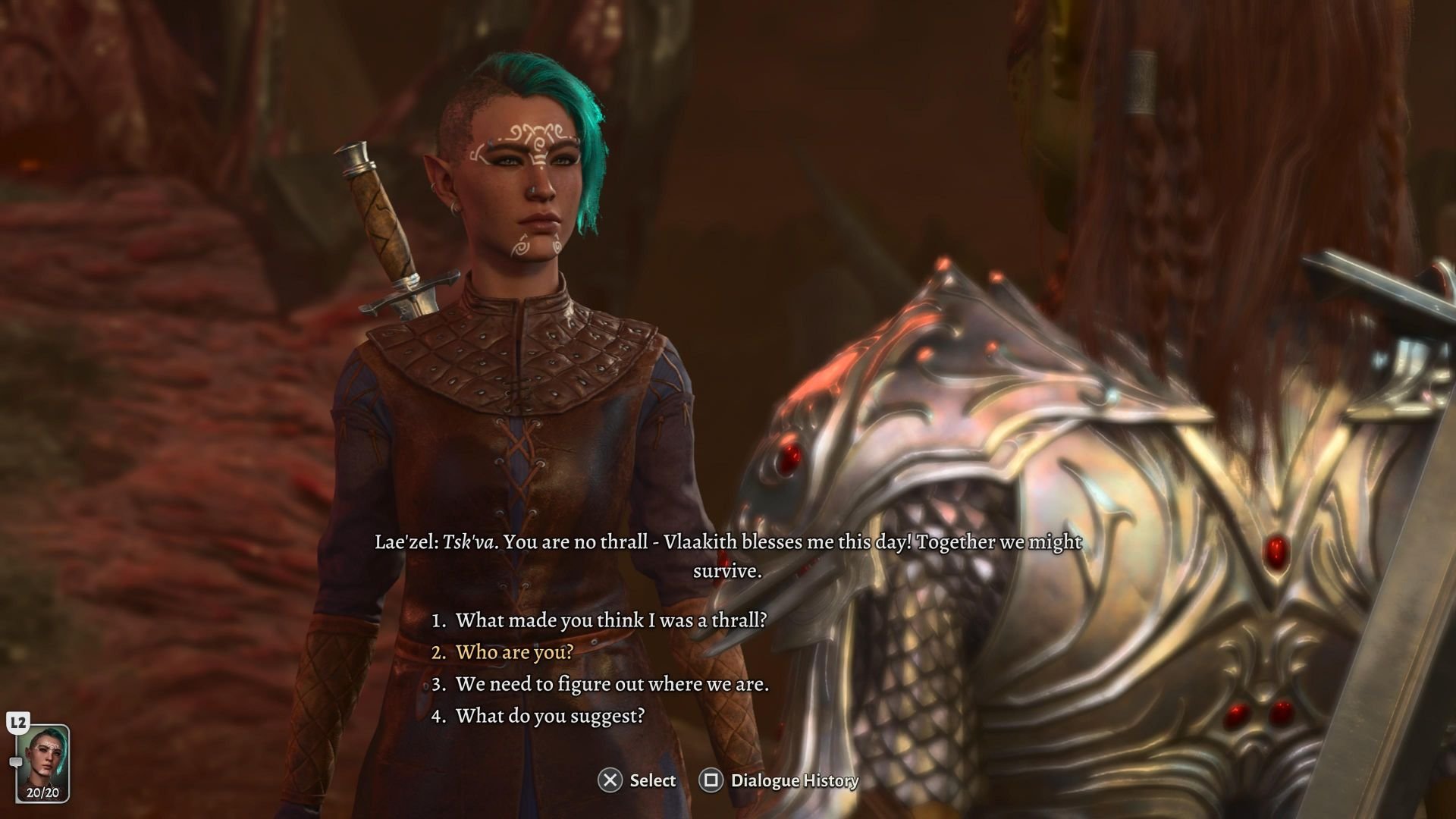
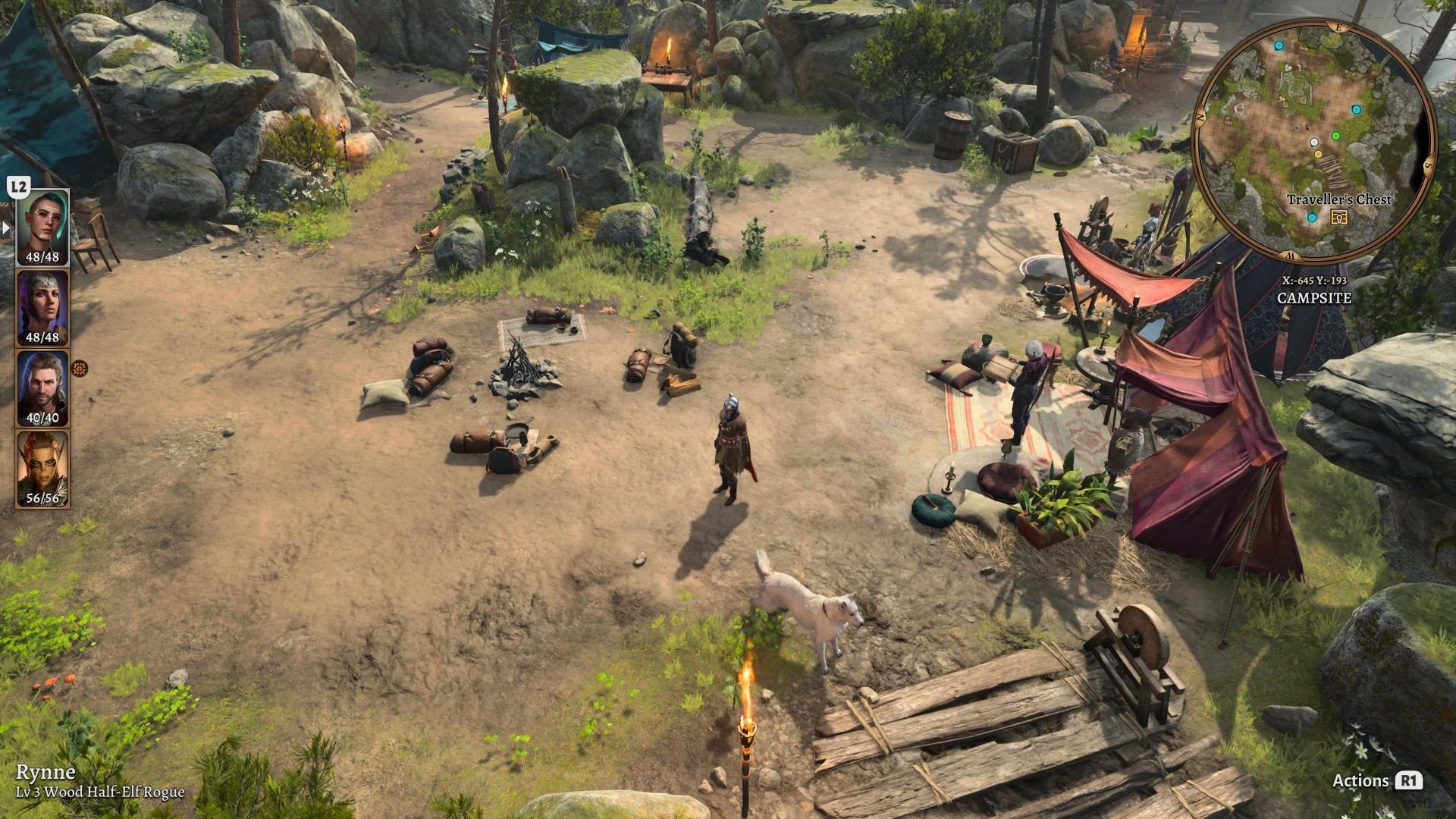


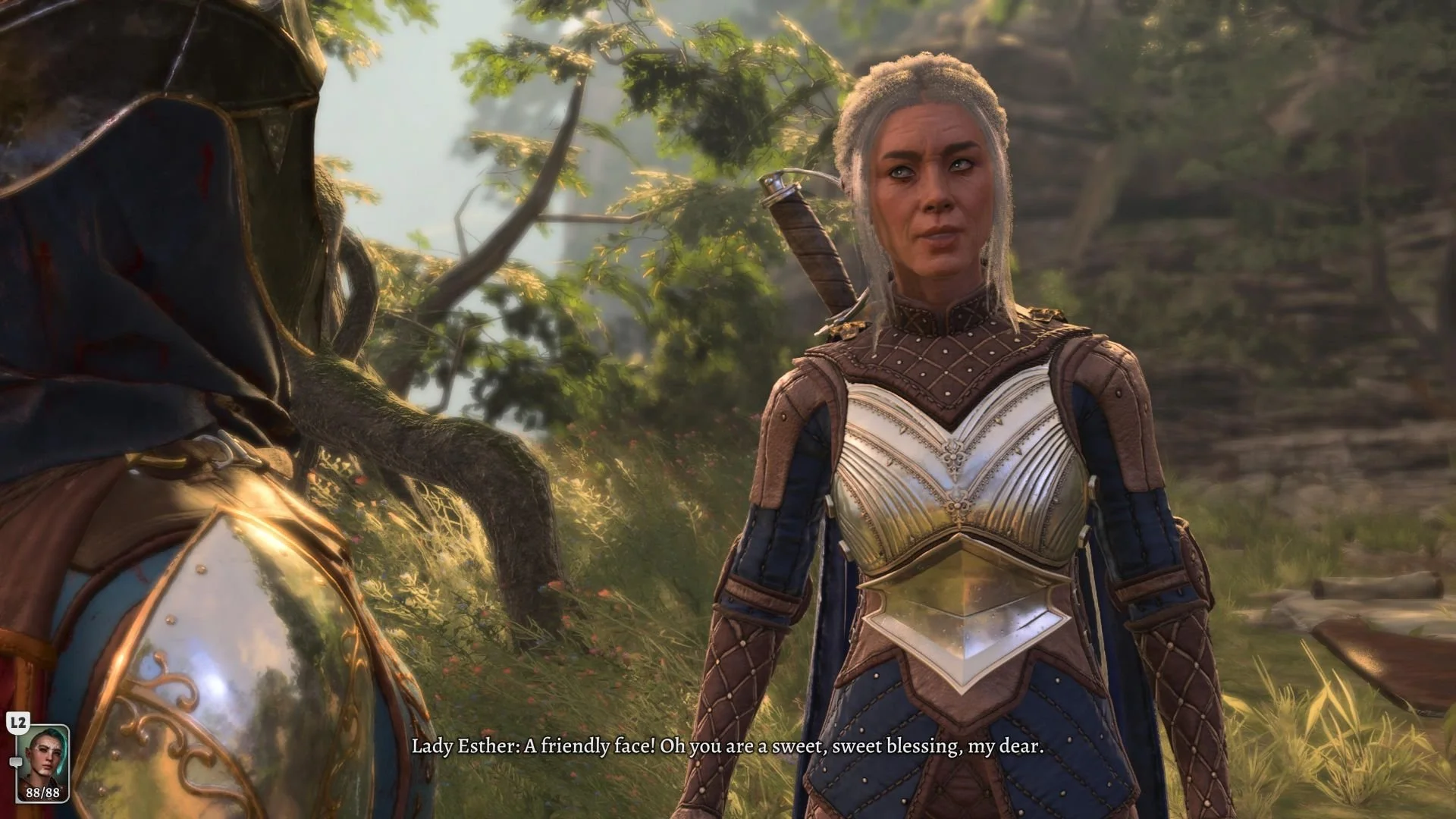



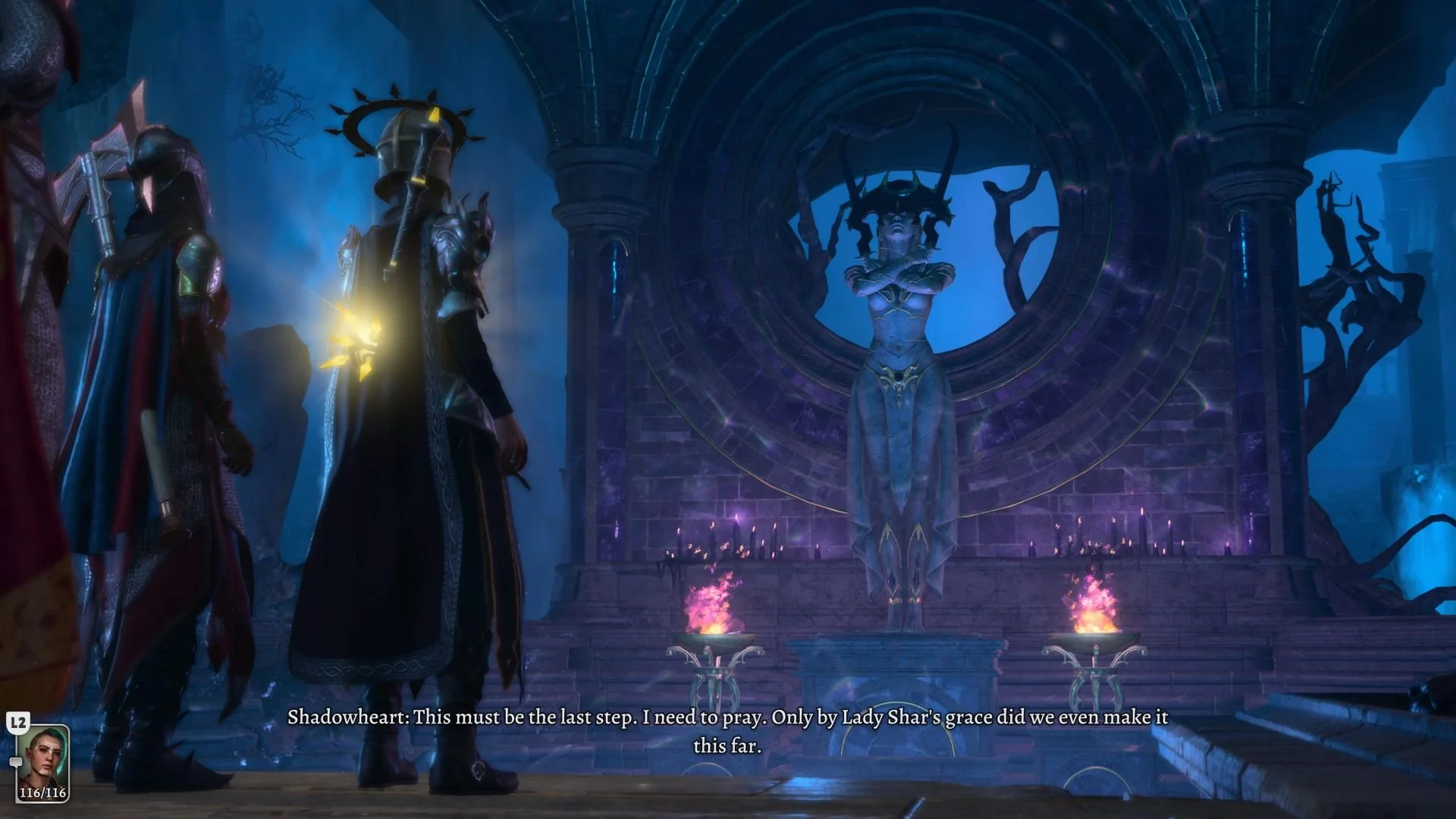
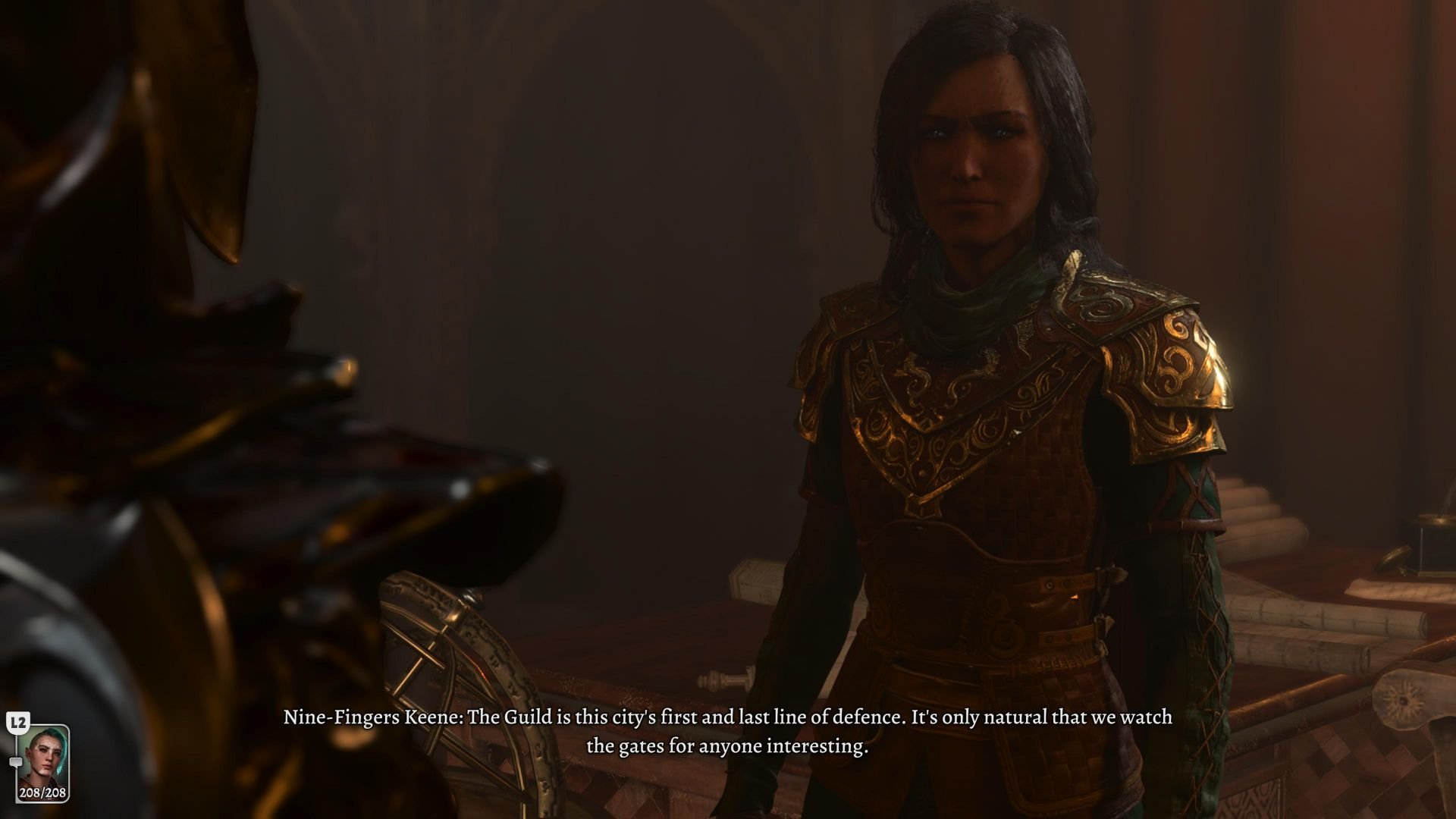

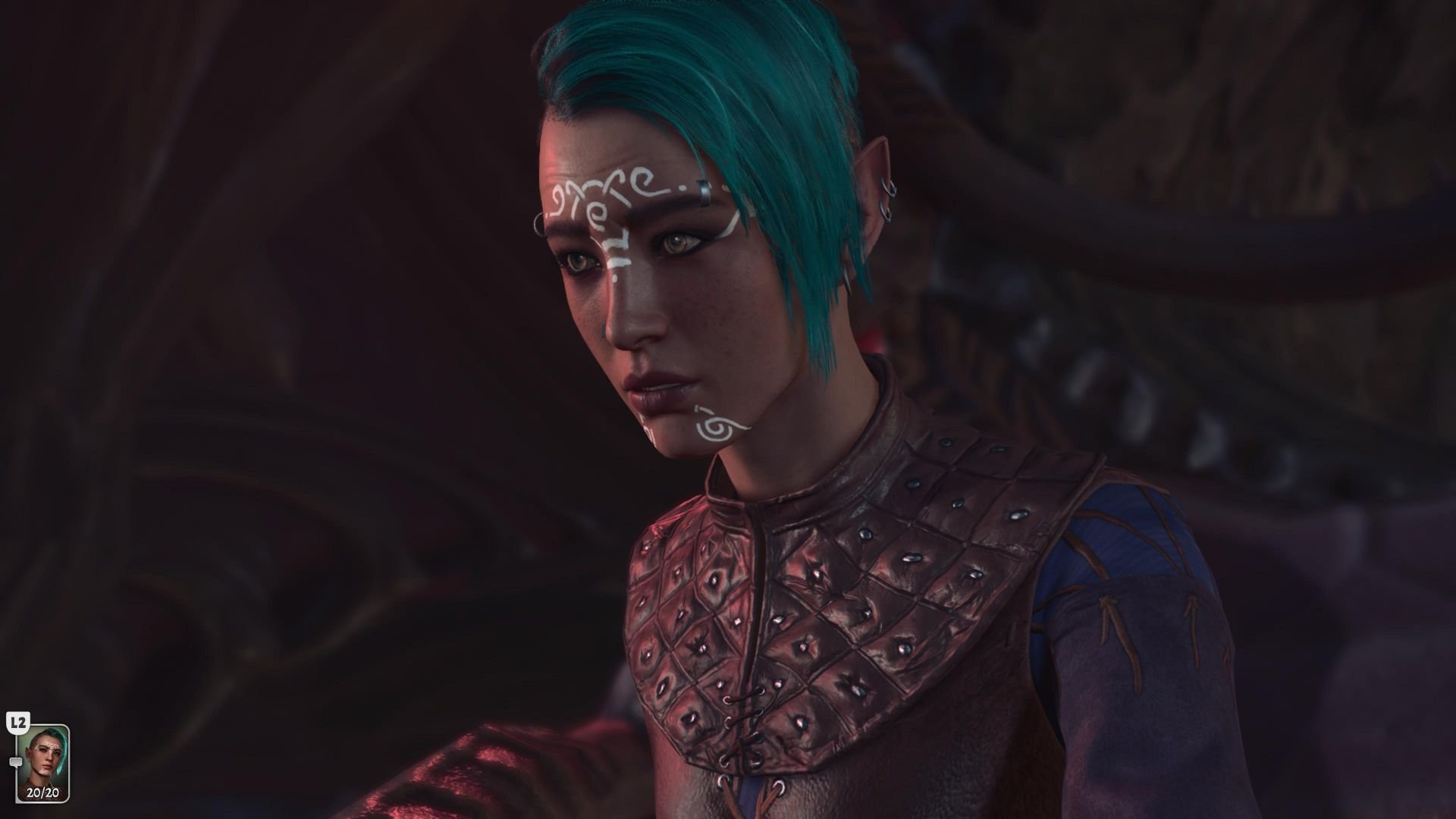






Jeff is the original founder of Analog Stick Gaming. His favorite games include The Witcher III, the Mass Effect Trilogy, Hi-Fi Rush, Stellar Blade, Hellbade: Senua’s Sacrifice, and the Legend of Heroes series, especially Trails of Cold Steel III & IV.